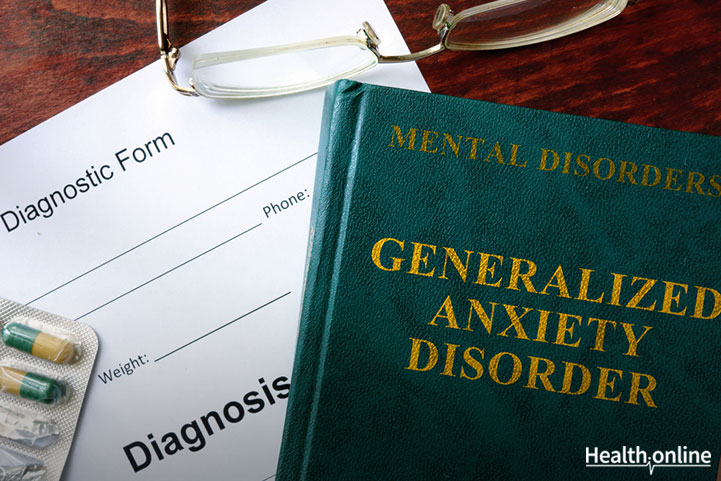
Generalized Anxiety Disorder
Generalized anxiety disorder (GAD) is the most common anxiety disorder. Approximately, 3% of adults in the United States have the disorder. GAD involves at least 6 months of extreme anxiety, and worry about everyday events.
What are the symptoms of generalized anxiety disorder?
These individuals may have difficulty controlling their worry. Their anxiety triggers at least 3 of the following:
- a feeling of being on edge or restless
- becoming tired easily
- difficulty concentrating
- irritable
- muscle tension
- difficulty sleeping.
GAD is also associated with physical symptoms such as muscle tension, insomnia, and fatigue.
Who is typically affected?
GAD is twice as likely to occur in women as in men. It also often develops in patients with psychiatric disorders or obesity, a history of substance abuse or trauma, or those that are related to individuals with anxiety.
What other conditions commonly occur with generalized anxiety disorder?
GAD typically occurs along with other anxiety disorders, particularly panic and depressive disorders. Other possible anxiety disorders that may occur with GAD include social phobia , panic disorder , obsessive-compulsive disorder , acute stress disorder, and posttraumatic stress disorder. Medical conditions are also common with GAD such as cardiac and pulmonary conditions.
How long does generalized anxiety disorder last?
GAD can last for several years. This is more likely in cases in which the patient does not seek treatment. In many cases, it can last a lifetime.
What treatments are available for generalized anxiety disorder?
The primary treatment for GAD is Cognitive Behavioral Therapy (CBT) . CBT allows the patient to identify thoughts linked to distress and dysfunctional beliefs and thought processes, and replace them with more rational viewpoints. Other treatments include short-term psychodynamic psychotherapy, which involves resolving unconscious issues that may be the origin of the anxiety; relaxation techniques, self-help and exposure therapy. A combination of these therapies is often used. The most common medications used to treat GAD are antidepressants such as citalopram, sertraline, and paroxetine. Benzodiazepines, antipsychotics, antihistamines, and anticonvulsants have been shown to be somewhat effective as well.




